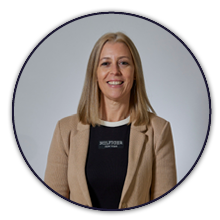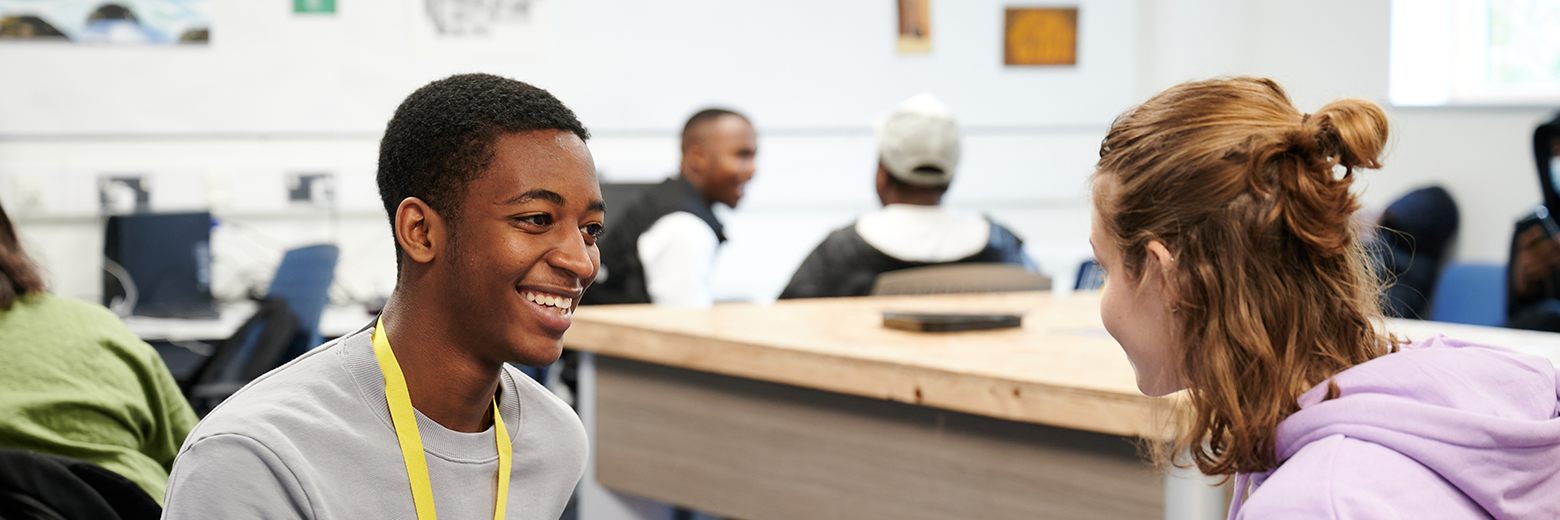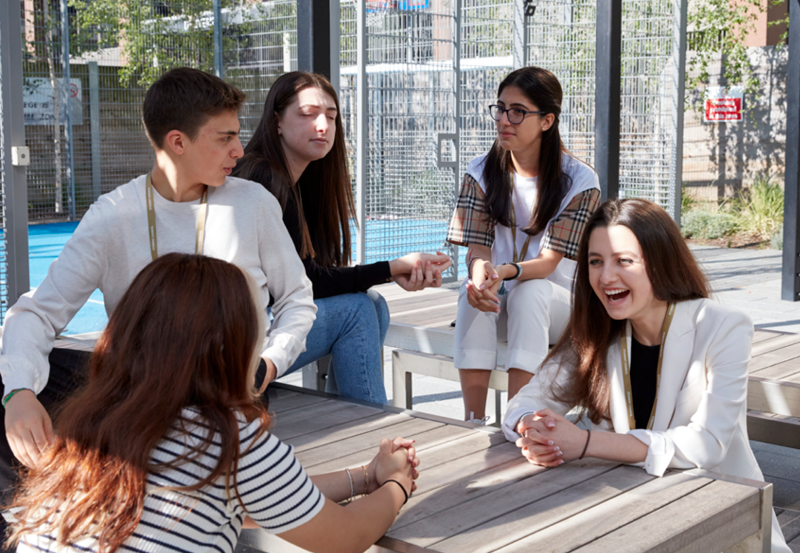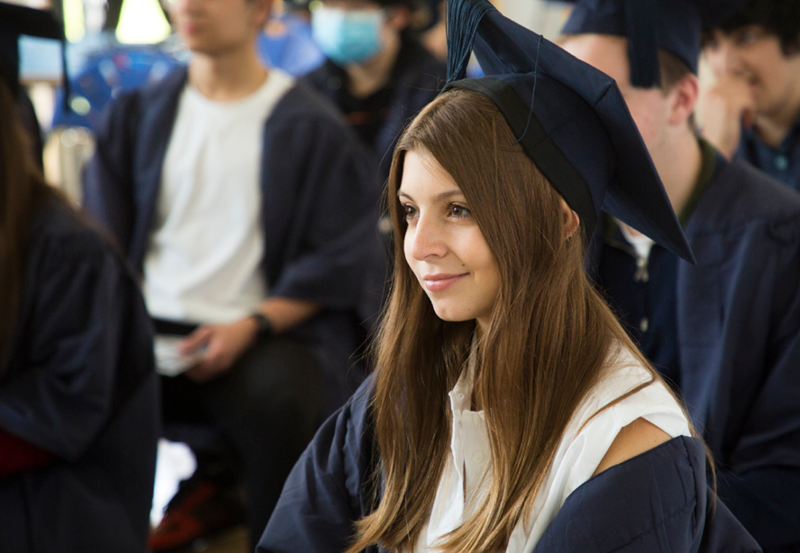Comparing the differences between the Spanish and UK Education Systems: A Guide for Spanish Students thinking about studying in the UK
13th July 23

Are you a Spanish student thinking about studying in the UK? We have prepared this introductory guide to studying in the UK and the differences (and similarities) between the Spanish and UK education systems.
Differences between the Spanish and British Education Systems
The Spanish and British education systems have some key differences in terms of structure, curriculum, and teaching methods. Here are some of the main differences:
1. Structure
The Spanish education system is divided into four stages:
- Educación Infantil (Early Childhood Education): lasts until the age of 6 although not compulsory.
- Educación Primaria (Primary Education): 6 academic years from age 6 to 12.
- Educación Secundaria Obligatoria – ESO (Compulsory Secondary Education): 4 academic years from age 12 to 16, with exams in the 2nd year of ESO.
Note: Compulsory education in Spain ends at 16.
- Upper Secondary Education consists of either;
- Bachillerato which lasts 2 years for those students wishing to progress to university (from age 16 to 18), after which students may take the university entrance exams (Selectividad). Spanish universities look at both the bachillerato (60%) and the selectividad (40%) scores.
- Formación Profesional or Ciclos Formativos (Grado medio or Grado superior) which provides more job-specific training.
*Changes are taking place in the Spanish Educacion Secundaria Obligatoria, ESO. Starting from the 23-24 academic year, the goal of these changes is to emphasise critical thinking and reasoning to ensure students are able to apply knowledge in real-world situations rather than simple theoretical learning.
The British education system is divided into three stages:
- Primary Education: consisting of Early Years stage (age 3 to 5), Key Stage 1 (Years 1 & 2) from age 5 to 7, and Key Stage 2 (Years 3 to 6) from age 7 to 11.
- Secondary Education consists of:
- Lower School: Key Stage 3 (Years 7 to 9), from age 11 to 14.
- Upper School: Key Stage 4 (Years 10 & 11) from age 14 to 16.
Students normally take external examinations in Year 11. In most cases these are GCSEs (General Certificate of Secondary Education).
- Sixth form college or Further education college: Years 12 & 13, from age 16 to 18 leading to qualifications such as A-Levels, BTEC and others.
British vs Spanish Education System Comparison Chart
| Age | British Education | Spanish Education equivalent | |
| 13-14 | Year 9 | 2o ESO | |
| 14-15 | Year 10 | GCSE | 3o ESO |
| 15-16 | Year 11 | 4o ESO | |
| 16-17 | Year 12 | A Level | 1o Bachillerato |
| 17-18 | Year 13 | 2o Bachillerato | |
2. Curriculum:
The Spanish education system has a more centralised curriculum, with a national curriculum and a set of core subjects that all students must study. In contrast, the British education system has a more flexible curriculum, with schools having more autonomy in choosing the subjects they teach.
3. Teaching methods:
The Spanish education system has so far placed a greater emphasis on rote learning and memorising, with less focus on critical thinking and creativity. The British education system places a greater emphasis on developing critical thinking skills, problem-solving, and creativity. However, starting from the 23-24 academic year, changes are being implemented in the Spanish ESO. The goal of these changes is to emphasise critical thinking and reasoning to ensure that students are able to apply knowledge in real-world situations rather than simple theoretical learning.
At the Abbey DLD Group of Colleges, we create personalised learning plans and work closely with students to meet their learning needs and achieve their academic and personal goals.
4. Assessment:
In the Spanish education system, students are often assessed through exams and tests, with a high-stakes exam at the end of each stage. In contrast, the British education system uses a variety of assessment methods, including coursework, exams, and practical assessments with the greatest importance on the end-of-course exams.
At the Abbey DLD Group of Colleges, each student has access to a dedicated personal tutor who will help guide them academically. Tutors provide regular updates on their students’ academic progress to parents and/or guardians.
5. Languages:
In Spain, Spanish is the main language of instruction, with some schools offering other languages as well. Certain regions in Spain have some exceptions where they use Catalan or Basque as a co-official language. In contrast, in the UK, English is the main language of instruction regardless of where in the UK students study.
At Abbey DLD Colleges, students who do not speak English as their first language will attend up to five hours of additional English lessons per week to help students to improve their understanding of lesson content and context, and to enable them to meet the English requirements of their first-choice university.
Overall, while both the Spanish and British education systems have their strengths and weaknesses, they have some fundamental differences in terms of structure, curriculum, and teaching methods.
Spanish Educación Secundaria Obligatoria (ESO) vs UK GCSE (Years 10 & 11)
In Spain, the equivalent of UK year 10 and 11 GCSE would be the last two years of compulsory secondary education, which is known as Educación Secundaria Obligatoria (ESO).
During ESO, students aged between 12 and 16 study a range of subjects, including Spanish, mathematics, science, social studies, physical education, and one or two foreign languages (usually English and/or French). In addition, they can choose some elective subjects, such as music, arts, or technology.
At the end of ESO, students receive the lower compulsory secondary education certificate, confirming they have successfully passed their compulsory lower secondary education. These exams are used to determine whether students can move on to post-compulsory secondary education, known as Bachillerato.
In the UK, GCSE students will generally take 9 – 10 subjects, with English, Maths and Science being mandatory subjects. Students are assessed by an end of Year 11 exams. Some subjects will also be assessed by coursework or practical work. When choosing their GCSE subjects, students should consider subjects they enjoy and are good at but also take into account their future aspirations.
It should be noted that GCSE grades count towards further studies and university application, with most UK universities expecting a minimum of 5 GCSEs with at least grade 5 and above.
At Abbey DLD Colleges, students can either join a two-year GCSE programme (years 10 & 11 – 9 subjects) or a one-year GCSE programme (year 11 – 6 subjects) depending on their previous studies in their home country.
There are several key differences between Educación Secundaria Obligatoria (ESO) in Spain and GCSEs in the UK:
- Age range: In Spain, ESO is typically studied between the ages of 12 and 16, while GCSEs are studied between the ages of 14 and 16.
- Curriculum: The ESO curriculum in Spain is more centralised, with a set of core subjects that all students must study. In contrast, the GCSE curriculum in the UK is more flexible, with students having more choice in the subjects they study, although English, Mathematics and Science are mandatory subjects, with PE also built in within the curriculum.
- Assessment: ESO is assessed through a set of exams at the end of the programme, while GCSEs are typically assessed through a combination of coursework and exams.
- Grading system: The grading system for ESO in Spain is numerical, with grades ranging from 0 to 10. GCSEs in the UK used to be graded from A* to G but changed from 2017 to 9 (highest grade) to 1 (the lowest).
- Focus on languages: In Spain, there is a greater emphasis on learning languages, with students typically studying English and/or French throughout their ESO studies. In the UK, language learning is also important, but not necessarily a requirement for all students.
- Length of programme: ESO is a 4-year programme, while GCSEs are typically studied over a period of two or three years.
Overall, while both ESO and GCSEs are designed to provide a foundation of knowledge and skills for further study, there are significant differences in terms of curriculum, assessment, and grading systems between the two programmes.
Spanish Bachillerato vs UK A Levels
In Spain, the equivalent of A Levels in the UK is the Bachillerato.
The Spanish Baccalaureate, Bachillerato, is a two-year programme that students typically start at the age of 16, after completing the compulsory secondary education (Educación Secundaria Obligatoria or ESO). During the Bachillerato, students can choose from a variety of specialisations, such as Arts, Humanities, Sciences and Social Sciences. The curriculum includes core subjects, such as Spanish, mathematics, foreign languages, and philosophy, as well as elective subjects related to the chosen specialisation.
At the end of the programme, students take a set of exams known as the Selectividad which are used to determine their eligibility for university education. The Selectividad covers all the subjects studied during the Bachillerato, and the results are used to calculate a score that is used for university admission.
In the UK, A-Levels are the most widely recognised qualification for entry to UK university. Most students will take 3 or 4 A-Level subjects over a duration of 2 years. A-Levels offer a good balance between specialisation and choice, allowing students to focus on the subjects that really interest them whilst maintaining breath of subject choice. Teaching is based upon developing an understanding of the key concept and skills of the subject, with a strong focus on practical real-world application.
There are several key differences between the Bachillerato in Spain and A-Levels in the UK:
- Age range: In Spain, students typically start Bachillerato at the age of 16, while in the UK students start A-levels at the age of 16 or 17.
- Curriculum: The Bachillerato curriculum in Spain is more centralised, with a set of core subjects that all students must study. In contrast, the A-level curriculum in the UK is more flexible, with students having more choice in the subjects they study.
- Assessment: Bachillerato is assessed through a set of exams at the end of the two-year programme. A-levels are also typically assessed at the end of the two-year course through a combination of coursework and exams.
- Grading system: The grading system for Bachillerato in Spain is numerical, with grades ranging from 0 to 10, whereas A-levels in the UK are graded on a scale from from A* to E (or U, unclassified).
- Focus on languages: In Spain, there is a greater emphasis on learning languages, with students typically studying English and/or French throughout their Bachillerato studies. In the UK, language learning is also important, but not a requirement for students.
- University admission: In Spain, the Selectividad exam score is the primary factor used for university admission, while in the UK, universities also consider other factors such as personal statements, references, and interviews.
Comparing University Studies between Spain and the UK
Overall, while both Bachillerato and A-levels are designed to provide a foundation of knowledge and skills for further study, there are significant differences in terms of curriculum, assessment, and grading systems between the two programmes.
There are several key differences between university study in Spain and the UK:
- Length of degree programmes: In Spain, undergraduate degree programmes typically last for four years while in the UK they typically last for three years. However, some degree programmes in both the UK and Spain, such as medicine, can last for up to five or six years.
- Course structure: In Spain, degree programmes are often more structured, with a set of required courses that all students must take. In the UK, students have more flexibility in choosing their courses, and there is often a greater emphasis on independent study.
- Teaching style: In Spain, lectures are often more formal and structured, with a focus on the transmission of knowledge from the professor to the students. In the UK, there is often more interaction between students and professors, and a greater emphasis on discussion and debate.
- Assessment methods: In Spain, exams are often the primary form of assessment, while in the UK, assessment is typically more varied, with a combination of exams, coursework, and other assignments.
- Student life: In Spain, there is often more of a focus on socialising and extracurricular activities, with students spending a lot of time socialising outside of class. In the UK, whilst there is often more of a focus on independent study, with students spending more time researching and working on coursework, there is also great emphasis on social like in UK universities with students encouraged to live in student accommodation in their first year, in order to meet other students. There are also many clubs and activities for students to join and make the most of their university life.
Blog Author

Peggy Lardot
Senior Regional Manager, UK & Europe, Abbey DLD Group of Colleges
E: Peggy.Lardot@abbeydld.co.uk
T: +44 (0)7585 308324
Get in touch today
Since 1931, the Abbey DLD Group of Colleges has been synonymous with high-quality education, top university destinations, and enriching academic and pastoral experiences. Abbey DLD students graduate equipped with the skills to progress in their university studies and future career, with friends from all around the world, and having made memories to remember for a lifetime.
Want to learn more about studying at the Abbey DLD Group of Colleges? Simply complete the form below and one of our admissions advisors will be in touch with you shortly.





